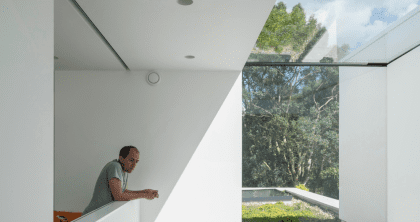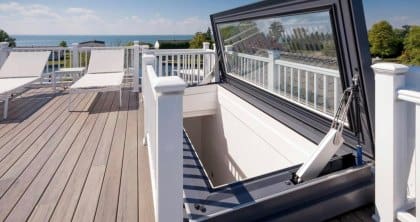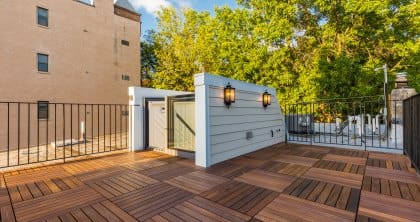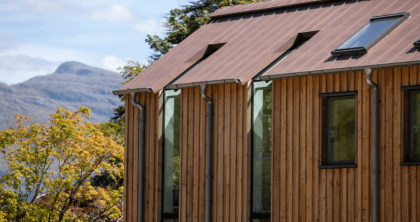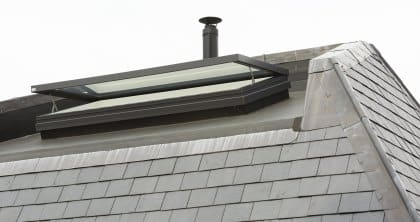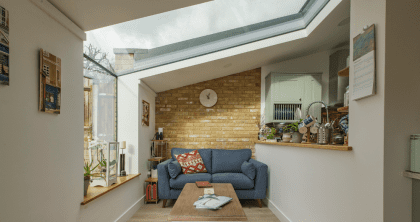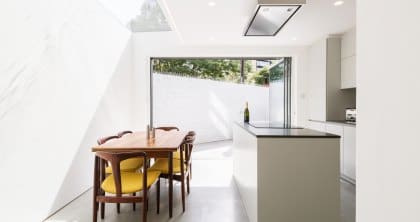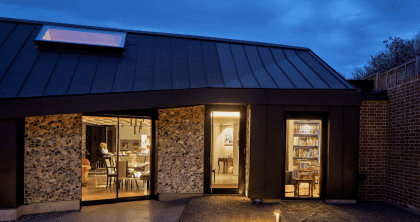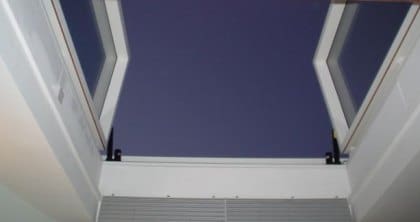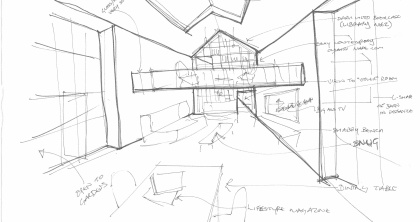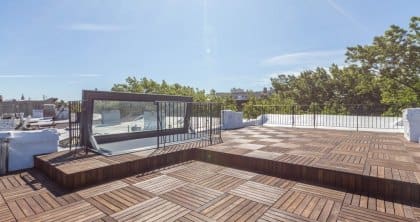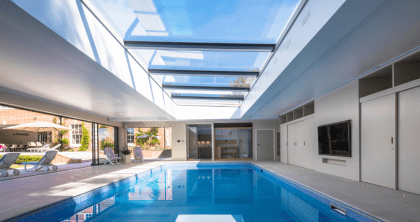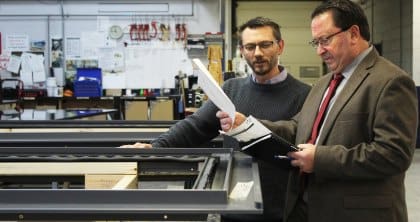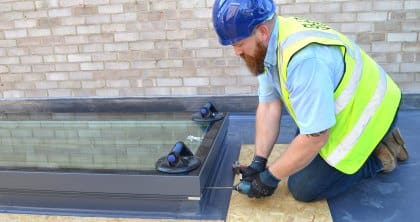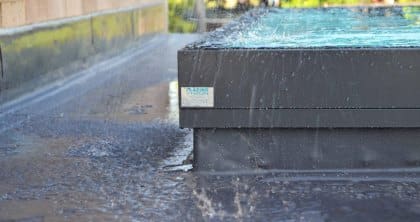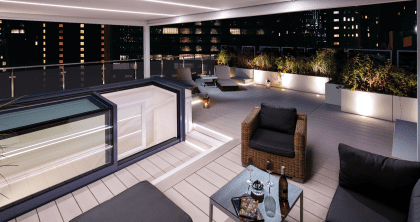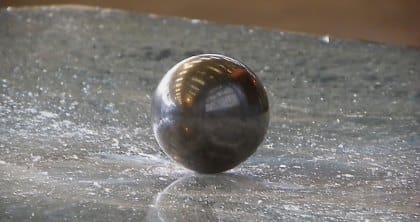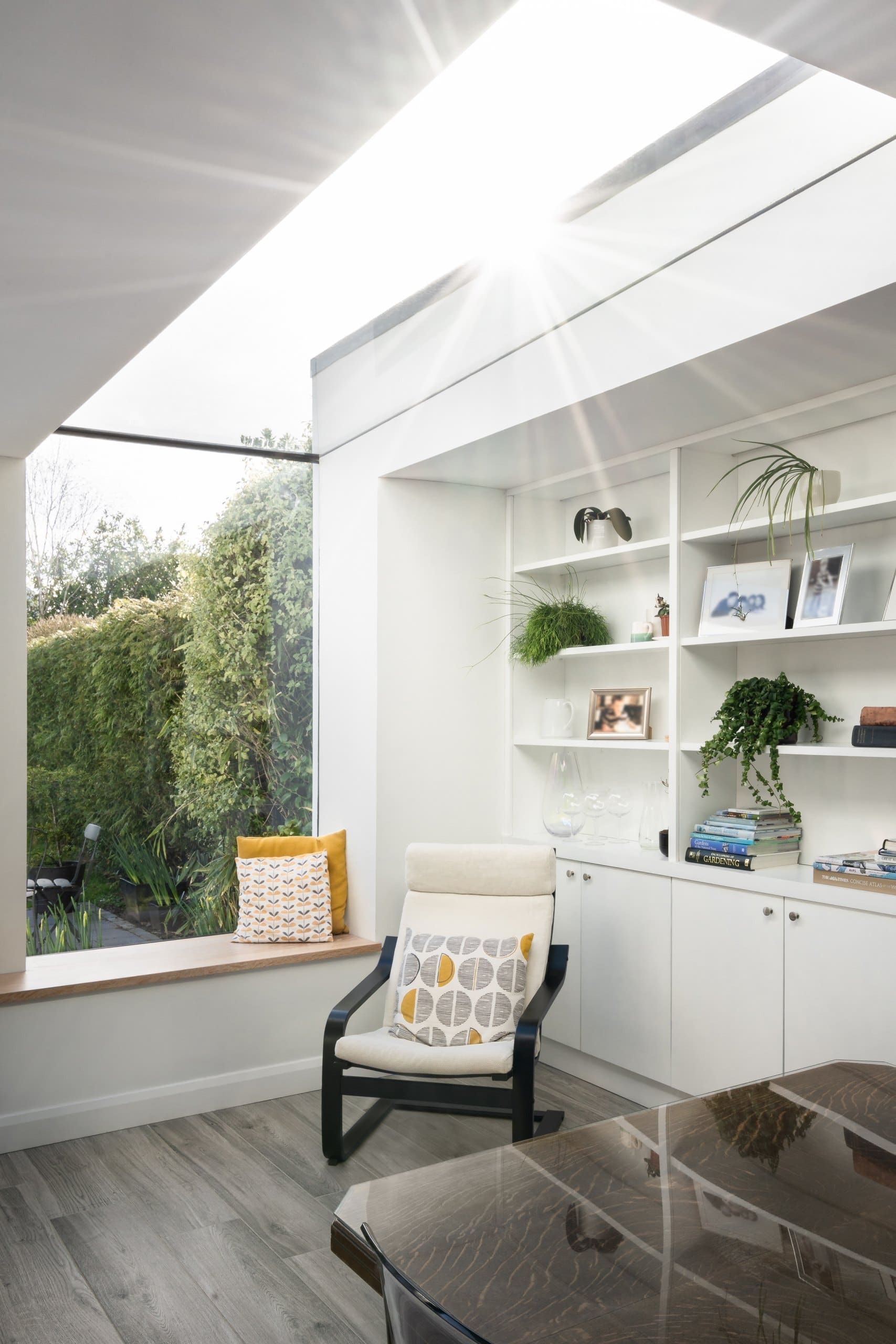Posted on February 25, 2022 in Blog
SPECIFYING FIXED SKYLIGHTS
The benefits of specifying fixed flat skylights are clear: they provide high levels of natural daylight, and they contribute to the thermal comfort of a building. Skylights also provide an aesthetically pleasing addition to the external appearance of a property.
Most modern skylights are designed using lightweight aluminium or steel frames for several good reasons: providing great weight saving and strength, and also require little maintenance, compared to wooden frames.
However, these types of material are extremely efficient conductors of heat, which means that during winter you can lose heat from inside your building via direct transfer through the skylight frame. Conversely, if you have warm, humid air inside the building making contact with the cold frame surface, condensation is likely to form where ‘cold bridging’ occurs, if no thermal break is present or the thermal break is poor.
